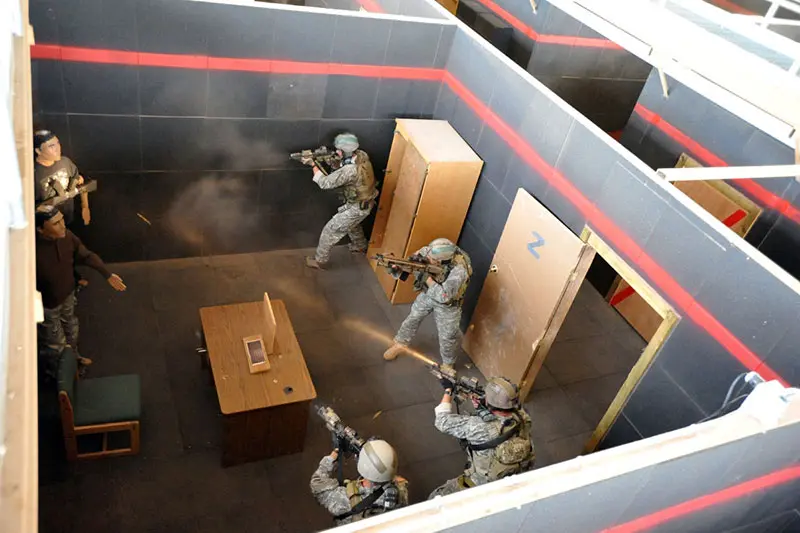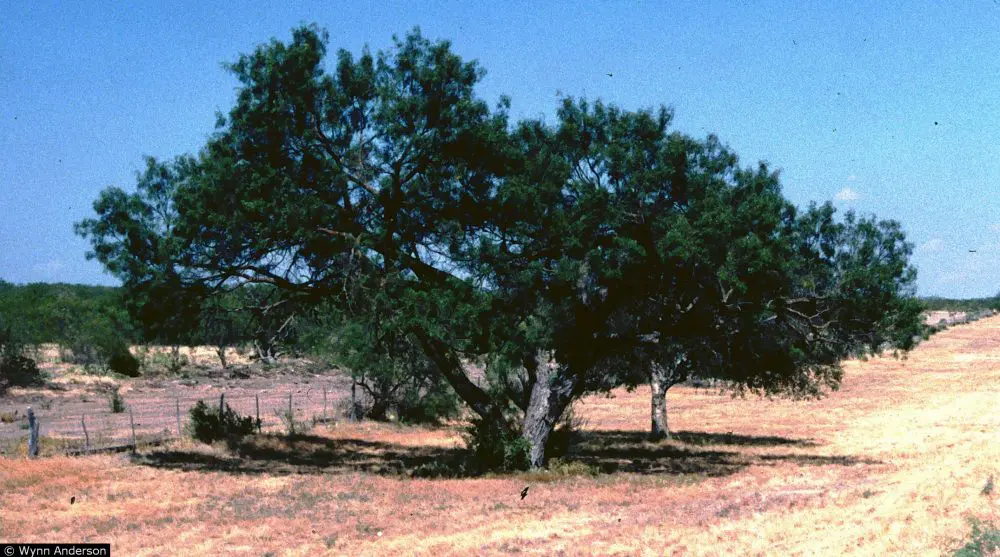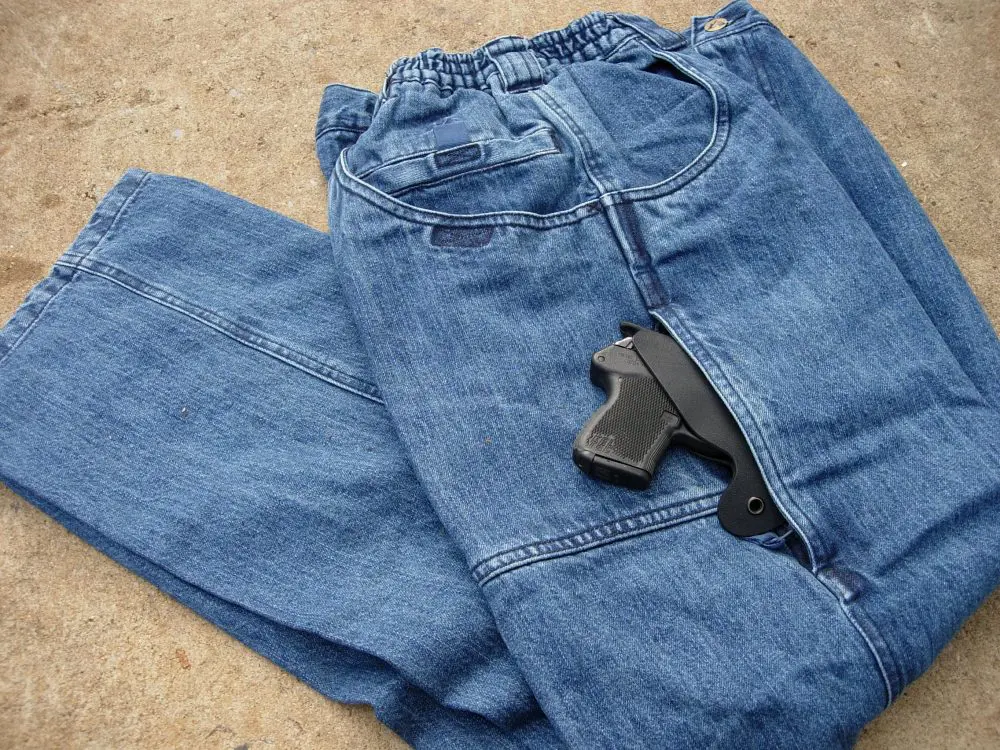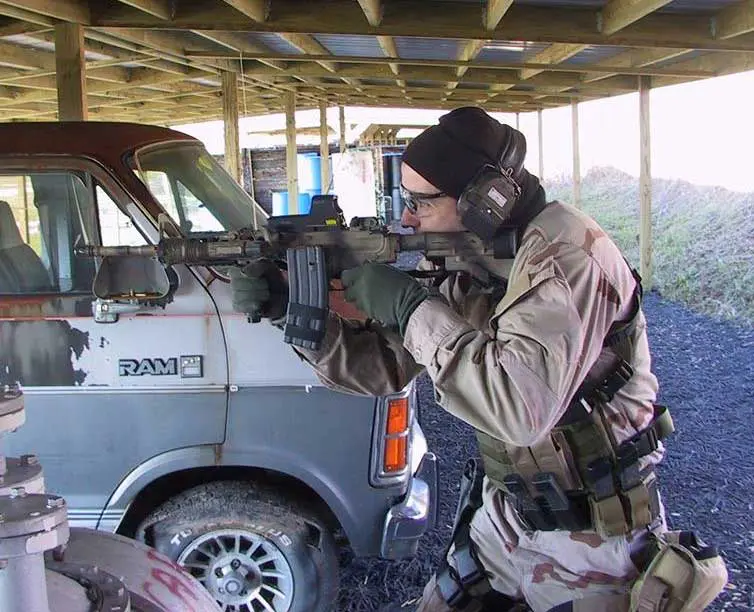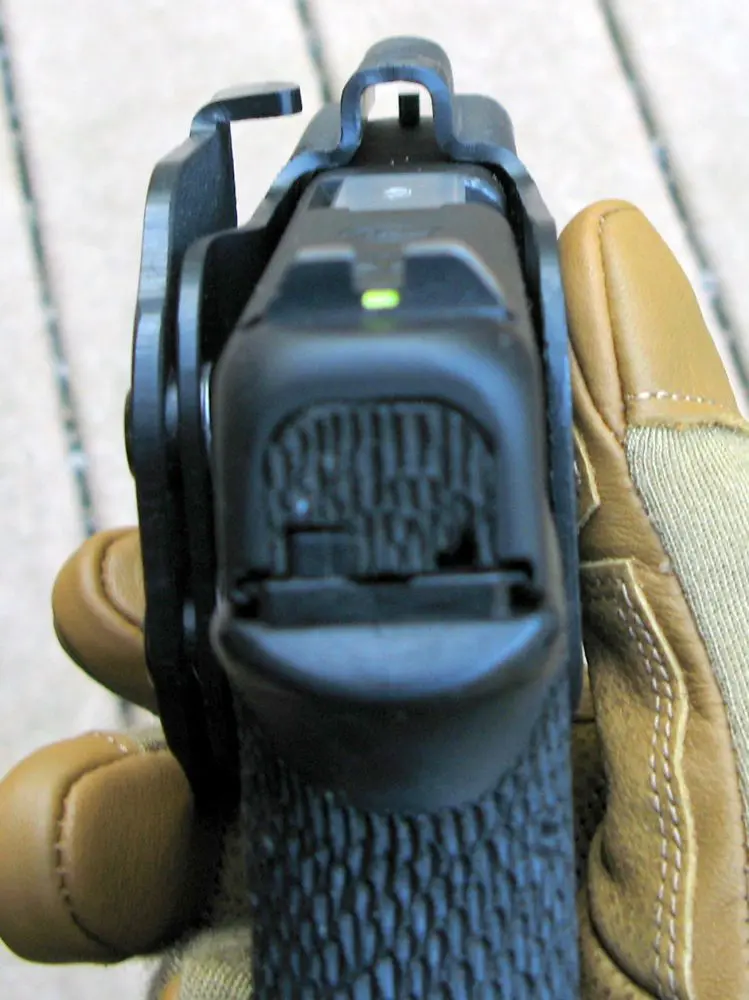I’ve been involved with firearms and training since 1974. A lot has changed over the years, and I’ve had the chance to make some interesting (at least to me) observations.
The only authorized load when I started in law enforcement was the .38 Special 158-grain round-nose lead bullet. Hollow-point bullets were later issued and, for those with .357 Magnum revolvers such as the S&W M19 or Colt Python, Magnum ammo could be carried if they bought it out of pocket.
Our qualification course went from one-handed at three yards back to 50 yards with several stages—including right- and left-hand barricade—in between. All shooting was double-action only. The only exception was that we were allowed to fire single-action and go to kneeling at 50.
Currently some instructors do not have their students shoot farther than 20 to 25 yards. Why? Because despite “improved” gear, many simply can’t guarantee hits past that range.
Back in the day, arguments over which gun was “the best” were over things like the cylinder on an S&W rotated counterclockwise and the Colt rotated clockwise. One pulled the Colt cylinder latch and pushed the S&W latch. Exciting stuff, huh?
In 1977, several other deputies and I petitioned the sheriff to let us carry the 1911. Jeff Cooper had established the American Pistol Institute (Gunsite) a year earlier. Since API was located a stone’s throw from the county seat, several of us had taken the first classes offered, and we convinced our sheriff to take a class. Upon his return, he proclaimed the 1911 our standard sidearm, but deputies who wanted to retain their revolvers could. Few did.
Although still a great fighting pistol (in my opinion, still the best), as time marched on, the 1911 began to lose favor to pistols with higher capacity and polymer frames. This is not a bad thing, as the 1911 does require more maintenance than “modern” designs, and it isn’t for everyone.
But some of the newer breed of instructors apparently don’t understand that maintenance and unreliability are two very different things.
For example, some instructors say that ultra-compact 1911s are not reliable. Period. Actually, yes and no. Ultra compacts (e.g., three-inch barrels) are generally very reliable with new recoil springs from 400 to 500 rounds. After that, as the spring weakens, the slide runs faster than the magazine spring can raise a fresh cartridge to be chambered, and malfunctions begin to occur.
Would it not be better to actually understand the platform and advise students to bring an extra recoil spring or two to class than to pronounce the platform undependable? And isn’t that part of being an instructor rather than just a range officer?
In reality, there is no such animal as a “best” gun. And sooner or later, some instructors’ dogma is going to get run over by their karma.
Until next time, stay low and watch your back.
Sig

